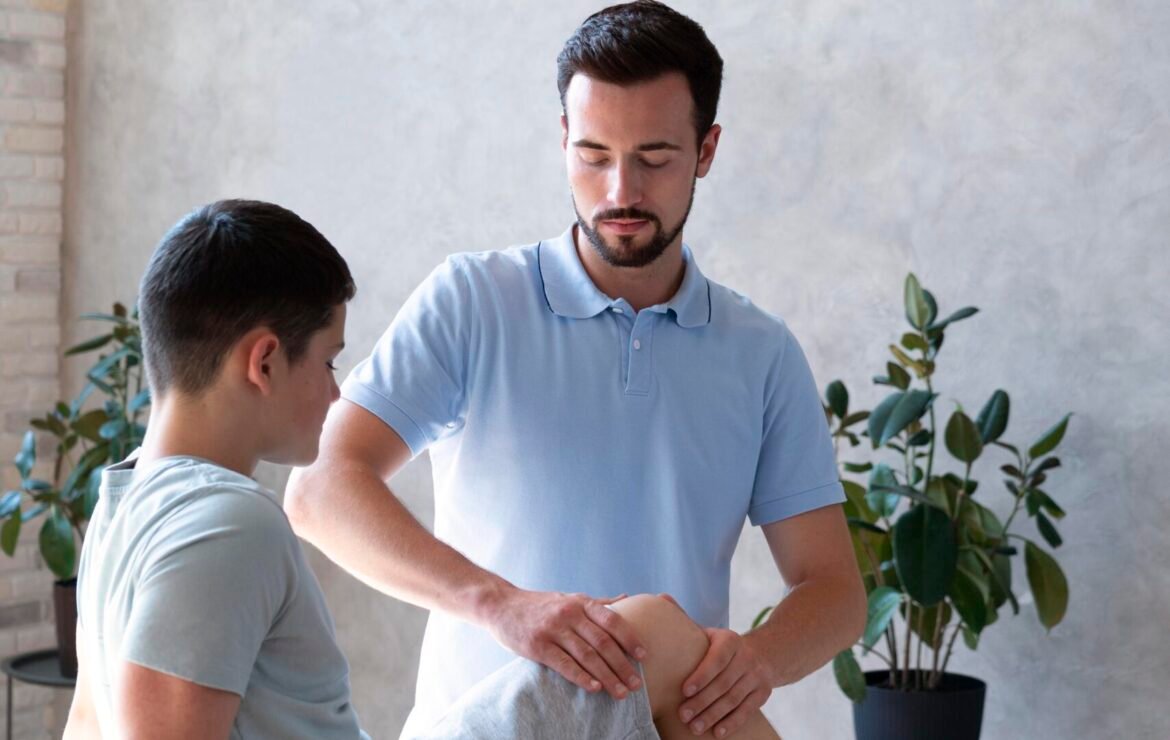How can I do physiotherapy at home?

Physiotherapy at home care is a game-changer. People are finally catching on that taking care of your body isn’t just for when something’s broken; it’s about keeping yourself running, you know? Once, you’d only hear about “rehab exercises” in a clinic, but these days, working out at home is considered cool. It’s not just for gym rats or pro athletes anymore; everyone’s getting in on it, right from their living room.
The Basics fundamental
Before engaging in specific activities or workouts, it is essential to understand the basics. The range of home exercises for any given problem (such as strength, pain, or inflexibility) may involve stretching, exercising, and gentle movement. The aim of treatment extends beyond eliminating symptoms to preventing subsequent recurrences.
Assessment and Consultation
Although doing the activity at home can be empowering, it’s still a good idea to consult a physio first. A professional assessment clarifies what you need, what you cannot do, and what is suitable for your situation. Customized planning means you concentrate on the right areas without harming yourself or others.
Strength training
One of the key parts of home exercise is strength training, which targets specific muscle groups using resistance bands, bodyweight exercises or light weights. Make sure to keep proper form. Squats, lunges and core exercises, among others, can make up a typical drill routine.
Produce a Special Space
Set aside a specific area where you can comfortably perform your exercises to create a successful home exercise routine. Ensure the space is well-voiced, handicap-free, and adequately lit. Adding safety requires a nonslip surface or a yoga mat.
Range of Motion exercises
To foster flexibility and common health, concentrate on gentle range-of-motion exercises. Simple neck stretches, shoulder rolls, and ankle circles are among these. Do these movements in a measured way, noting any discomfort or pain. As your body becomes accustomed to the exercises, gradually increase the range of motion.
Relaxation and Breathing Styles
Breathing exercises and relaxation techniques are an excellent way to start your home exercise program; deep breathing both relaxes you and expands your lungs, which is an essential part of overall health. Mindfulness and relaxation can be incorporated into the scope of home exercise for stress management to aid in healing.
Hot and cold treatment
Combine hot and cold treatments as necessary. While ice packs help control inflammation and pain after conditioning, hot packs can help to relax muscles and increase flexibility before conditioning.
Exercises for stability and balance
Include stability and balance-enhancing exercises. For general functional good and injury prevention, these are essential. Over time, simple conditioning such as standing on one leg or heel-to-toe walking can significantly ameliorate your balance.
Listen to your body
The most pivotal element of home activity is hearkening to your body. Watch how it reacts to several workouts. However, it’s imperative to modify or stop that specific action if a particular exercise produces pain or discomfort beyond the usual position of muscle fatigue.
Look for expert guidance
Although the recommendations below provide a base for home activity, it’s vital to recognize when expert help is needed. However, if you experience habitual pain or have a complex condition, you have concerns about the exercises.
Conclusion
Physiotherapy home care activities enable people to participate in their pursuit of health in a leisurely manner. Including these habits into your daily life will help you heal, improve your mobility, and become a healthier, more flexible version of yourself. Experience expert-guided activity at home with LCH Home Health Care, bringing substantiated mending and recuperation right to your doorstep in Lahore.








